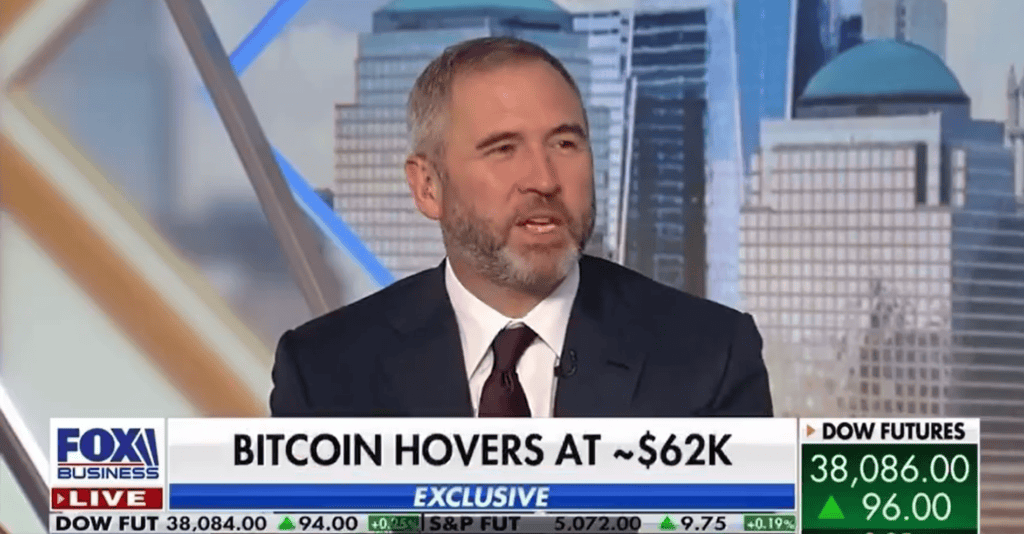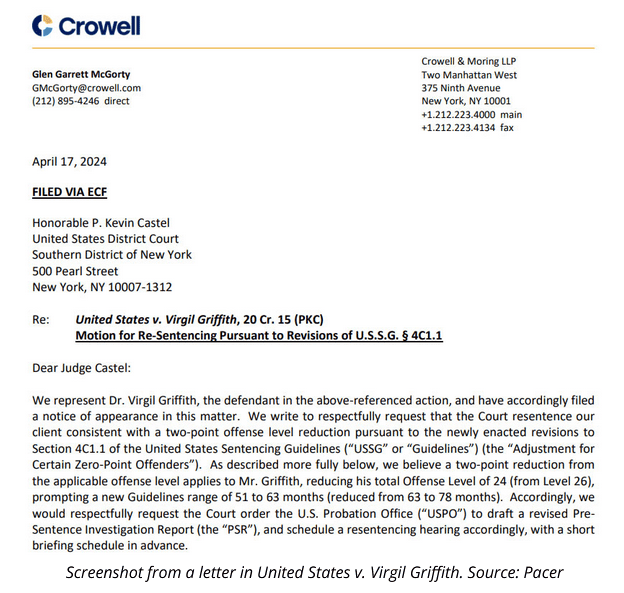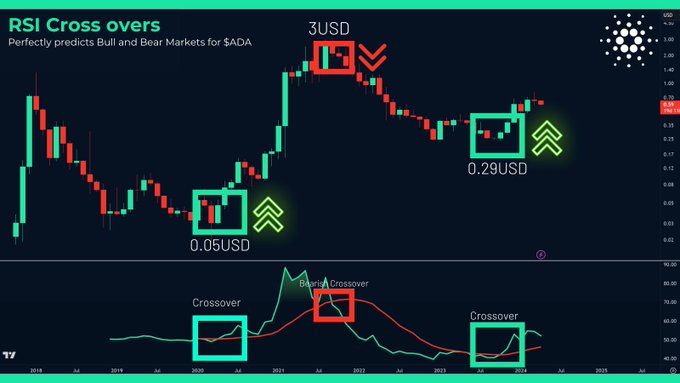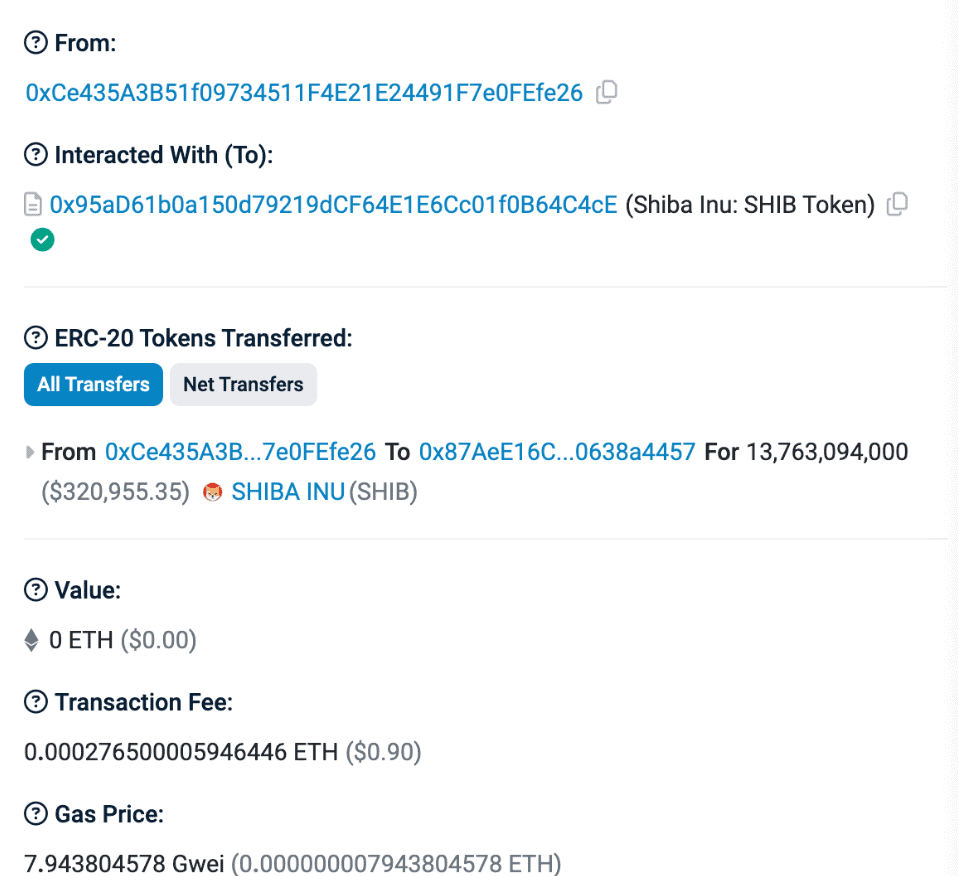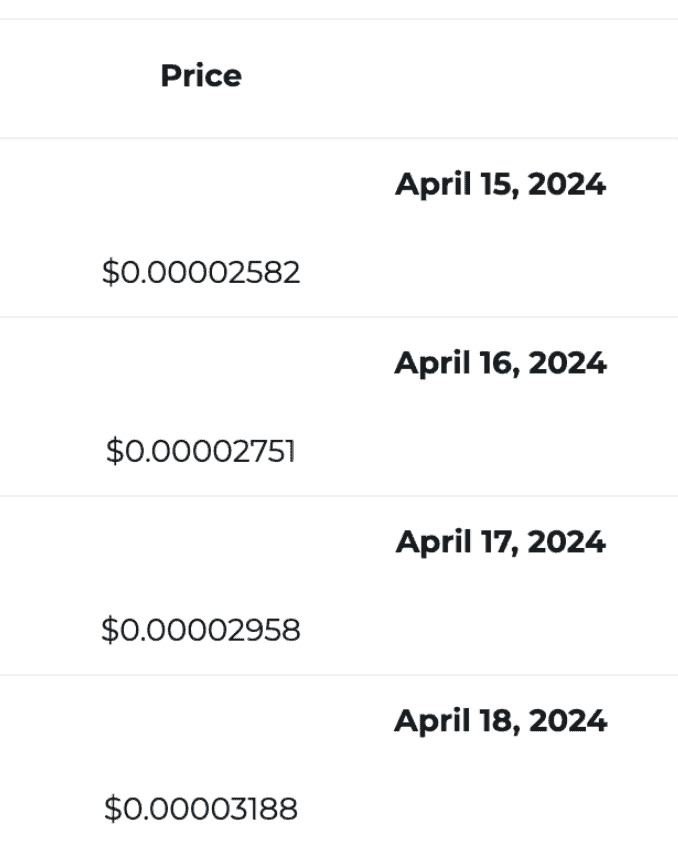In a recent interview with Fox Business, Ripple CEO Brad Garlinghouse unveiled the company’s strategic roadmap to seize a substantial portion of the burgeoning stablecoin market. With the impending launch of their US dollar-backed stablecoin, Ripple is poised to make significant waves in the ever-expanding crypto payments landscape.
Garlinghouse highlighted the immense growth potential of the stablecoin market, currently valued at $150 billion, with projections soaring to over $2.8 trillion by 2028. The firm aims to capitalize on this explosive growth by offering a compliant and transparent alternative to existing players like Tether, particularly targeting the regulatory concerns surrounding non-US-based entities.
Despite regulatory hurdles in the United States, Garlinghouse emphasized the firm’s strong foothold in the international market, with 95% of its clientele comprised of non-US financial institutions. This global presence positions Ripple as a formidable contender in the stablecoin arena, even amidst regulatory uncertainties.
Ripple’s Transparent Reserve
The forthcoming Ripple stablecoin boasts a slew of benefits designed to set it apart from its competitors. Transparency lies at the core of its design, with the stablecoin backed by a reserve of USD and other highly liquid assets, subject to regular audits by a third-party accounting firm. This commitment to transparency instills confidence among users and regulators alike, mitigating concerns regarding asset backing.
Moreover, Ripple’s stablecoin embodies enterprise-grade security features, a hallmark of the company’s blockchain solutions. With a compliance-first mindset, the firm proactively seeks regulatory approval in key jurisdictions, fostering trust and legitimacy within the crypto ecosystem. Garlinghouse’s mention of regulatory approval in Singapore and Ireland underscores the firm’s commitment to operating within regulatory frameworks.
In addition to its robust security and compliance measures, the firm’s stablecoin offers enhanced liquidity on decentralized exchanges (DEX) and multi-chain compatibility. Leveraging XRPL’s native DEX, users can seamlessly trade the stablecoin alongside other assets, bolstering liquidity and accessibility. Furthermore, the stablecoin’s integration with XRPL and Ethereum networks caters to a diverse user base, with plans for future expansion onto other prominent blockchains.
Ripple’s ambitious foray into the stablecoin market represents a pivotal moment for the company and the broader crypto ecosystem. With a clear focus on compliance, transparency, and innovation, Ripple is poised to disrupt the status quo and emerge as a frontrunner in the rapidly evolving world of digital payments. As the ripple effect of their stablecoin reverberates throughout the industry, the firm’s vision for a more inclusive and efficient financial landscape inches closer to fruition.

